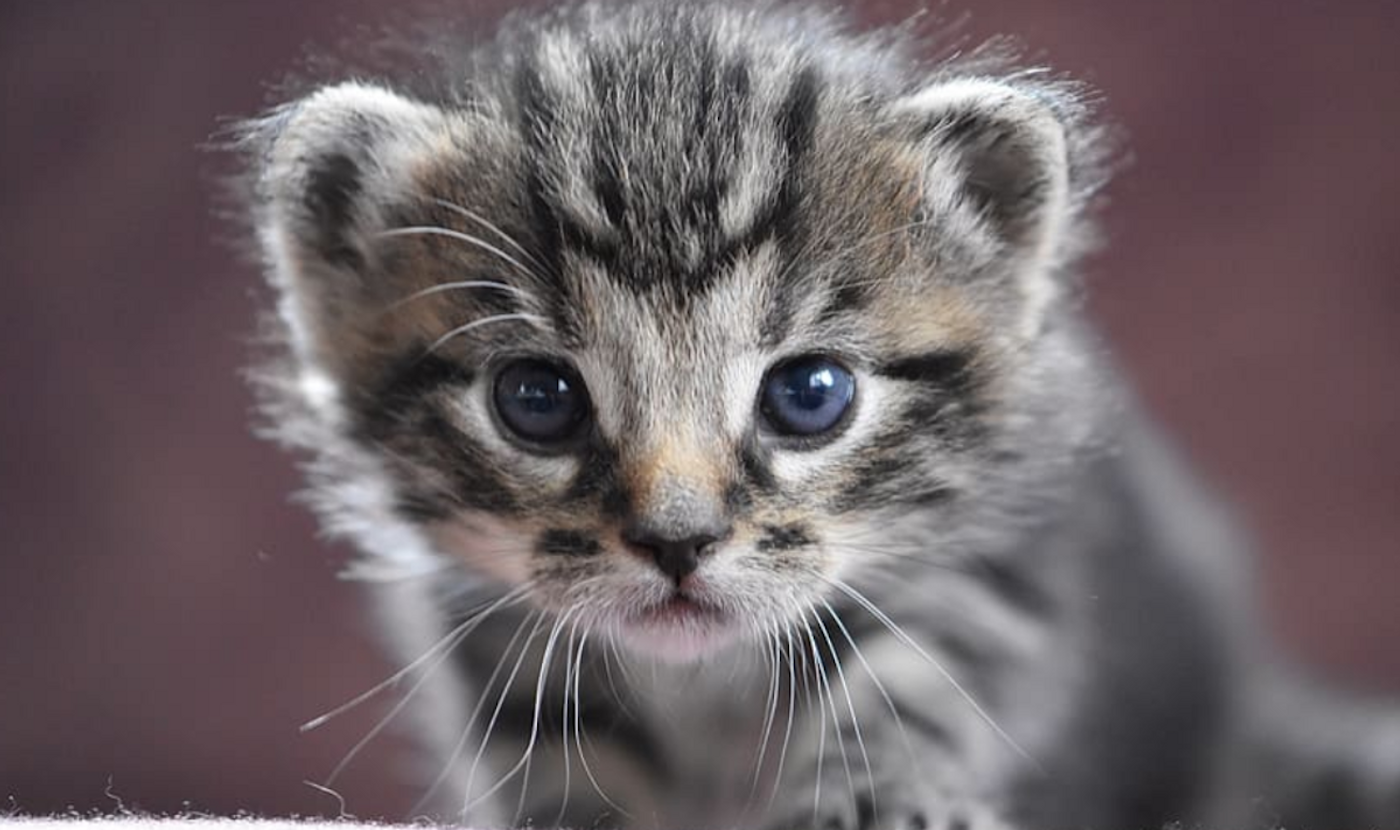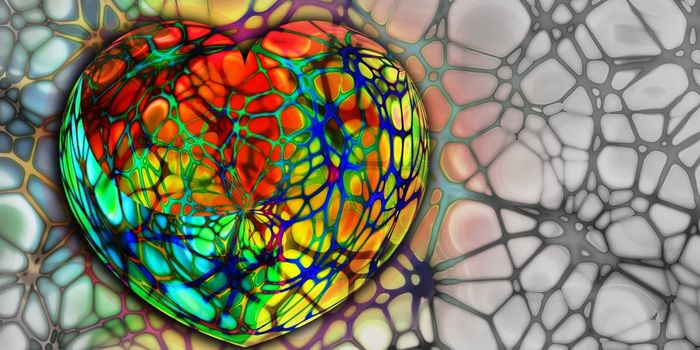A Gene Underlying Cat Fur Colors
Our pets don't seem to have much in common with the wild animals they're related to, but the genes that dictate the color patterns in house cats are the same as those that produce the coats of some, maybe all wild big cats. Researchers at Stanford have found that a gene called DKK4 is involved in color patterning in domestic cats, and is probably influencing those patterns in other cats and possibly other mammals.
Previous work from this team showed that a that gene regulates tabby cat color variation is the same gene that controls the different fur patterns seen in cheetahs and king cheetahs; the latter have black splotches in their patterning. But the scientists knew that other genes were playing a role.
By analyzing fetal cat tissue, the researchers determined that skin tissue became thicker in some places during development, and seemed to form a kind of pattern that foreshadowed fur color. Thicker areas of skin were places where darker fur grew in, and where the skin was thinner, the fur that appeared was a lighter color. This pattern could function as a kind of map. It showed the researchers th location of cells that are involved in this pattern, and when the pattern was created.
“We call this step ‘establishment,’ and it happens long before color appears and long before hair follicles are mature,” said senior study author Gregory Barsh, MD, PhD, a professor emeritus of genetics.
The investigators were able to assess the cells in the thinner or thicker places at the single-cell level. That work showed DKK4 is very active in thicker skin but less active in thinner skin.
When the DKK4 gene was disrupted in the Abyssinian cat, which has a blur of colors in its coat, the patterning changed. “If you remove DKK4, the dark areas don’t go away entirely, but they become smaller and more packed together,” Barsh said.
Cats that are all one color also have a pattern, but in those cases, it is overridden by a second signal that produces dark pigment everywhere to make a black cat. In white cats, the pigment is lacking, but the pattern is still disregarded.
The researchers are still working to learn how different patterns arise. It may have to do with the interaction between DKK4 and Wnt proteins. “There are still other genes that are behind why, for instance, some cats have spots and why some cats have stripes,” Barsh said.
Sources: Stanford University, Nature Communications









